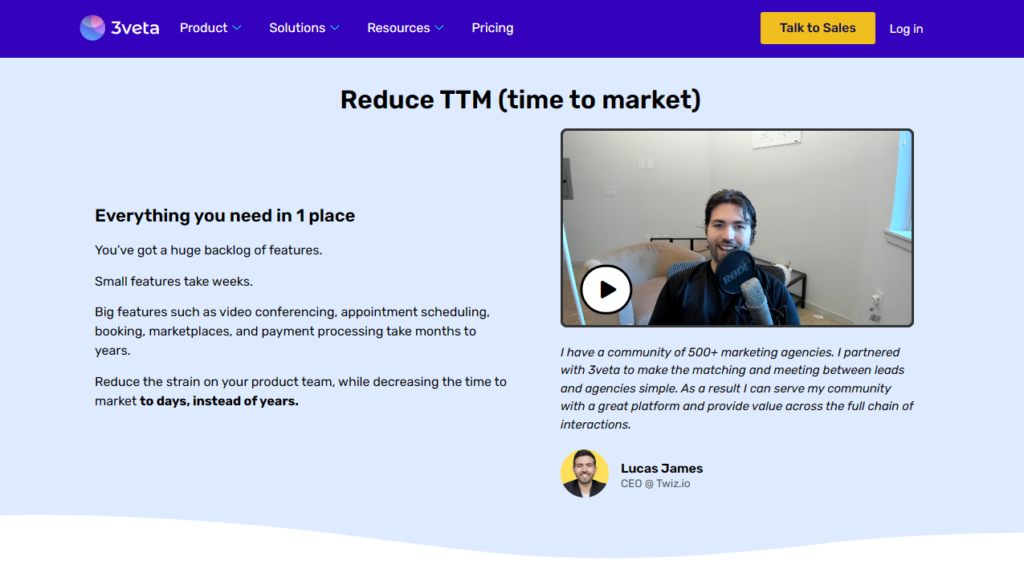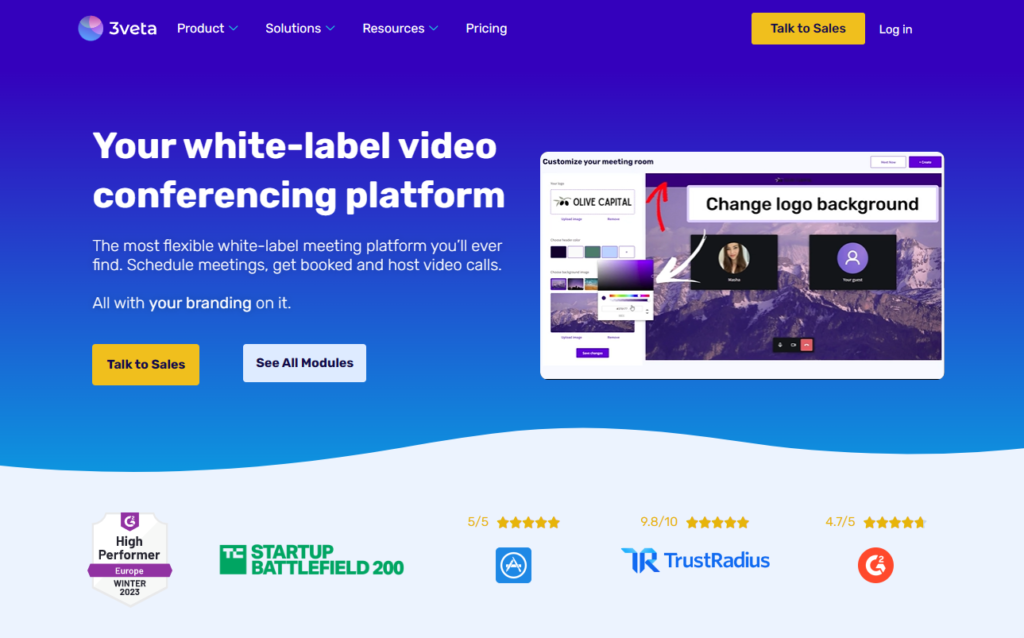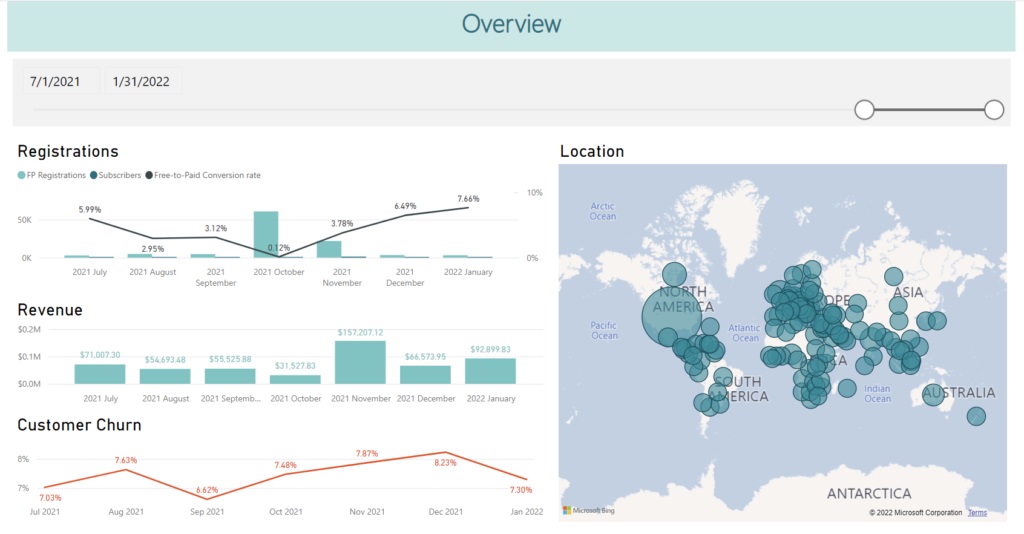Throughout the past couple of years, the popularity of white-label services for SaaS products has increased dramatically.
You can build your entire brand around SaaS white-label products. But there are a lot of things one has to take into consideration when doing so.
While white-label software can be a powerful tool for companies of all sizes, there are some common mistakes that can harm its effectiveness.
In this blog post, we’ll explore the most common pitfalls that businesses encounter when using white-label software. And we’ll provide some easy-to-execute tips on how to avoid them.
So, let’s dive in.
Table of contents
What is white-label software?
White-label software is software that is created by company A and then rebranded and resold by company B as their own product.
The company that purchased the white-label software can add its own branding (logo, brand colors, and other customizations) and its customers will never know there is a third party.
It’s a cost-effective and incredibly efficient way for businesses to provide their customers with a wide range of digital solutions. The best part, they don’t need to invest time and resources to build these solutions from scratch.
Some common examples of white-label software solutions include website builders, no-code marketplace platforms, and mobile apps.
💡 Pro tip
3veta offers a vast of white-label modules you can easily integrate into your own platform. See a full list of them here.
Why are white-label solutions popular?
Companies all around the world are constantly searching for ways to provide their customers with smart solutions that meet their needs.
White-label software offers a lot of flexibility and freedom and allows companies to build and launch their platform fast and often without using code.
Here are some of the most common perks of white-label solutions.
No experience needed
It doesn’t take a lot of effort or knowledge to learn how to use white-label software.
A lot of the creators provide instructions and help when it comes to the software they’ve developed. Meanwhile, creating brand-new software from scratch requires a lot of time and money, and a good development team.
Allows you to launch your product fast
Businesses can significantly cut the time to market with white-label software.
For example, if you want to build an online coaching marketplace, you can use a white-label marketplace solution that comes with all the features your users might need.

Cuts the costs
White-label software is much more cost-effective compared to a build-from-scratch one.
You can save a lot of money that you would have had to have spent on R&D, testing, and engineering instead.
Common mistakes to avoid when using a white-label software
While white-label solutions can make your entrepreneur’s life easier, there are some challenges and pitfalls one needs to take into consideration.
Here are some of the most common mistakes business owners may encounter when using white-label software.
Not choosing the right white-label software
Choosing the right white-label software is crucial for the success of any business that uses it.
Moreover, different businesses have different needs.
Choosing the wrong software can mean missing out on important features that your business requires, or worse, not meeting your customers’ needs.

However, with so many options available in the market, how to make the right choice?
We advise you to start by identifying your business’s specific needs and requirements.
For example, ask yourself what are your goals, and what features and functionalities you need to achieve them.
Also, do your research and compare different white-label software options available in the market.
Look for software that both meets your requirements and has a good reputation in your field.
Insufficient customizations
Customization is an important feature and you should pay extra attention to it.
Make sure the white-label software you choose allows you to incorporate your brand identity into your platform, including your logo, colors, and overall design.
This is crucial and helps you strengthen your brand’s identity and make it more recognizable to your customers.
Also, keep in mind that some white-label software isn’t user-friendly. So make sure you double-check this before you purchase it.
Lack of metrics
It’s difficult to know how exactly companies that own white-label products keep track of metrics like churn rate, usage, and revenue.
These are essential factors to look out for; otherwise, you risk losing a lot of customers. You also need to question just how accurate strictly the reporting is from the white-label software you use.
Thankfully, some services can provide real-time analytics of all the subscription software you use.
For example, 3veta offers an analytics module that gives you a full overview of your platform usage.

Overlooking security concerns
When using white-label software for your business, prioritizing security is crucial to protect your users and your business reputation.
No matter if you are an online coaching marketplace owner, or you have a freelance platform, you need to make sure your users’ data is safe and secure.
Last but not least, in case of a security incident, this might result in financial losses
Prioritizing security when using white-label software can help mitigate these risks, protecting your business’s bottom line.
Final Words
White-label software can be an excellent solution for businesses looking for customizable and cost-effective software solutions.
However, to make the most of this option, it’s crucial to avoid the most common mistakes that businesses make when using white-label software.
Take your time to research and choose the right white-label software and make sure you can customize it to meet your needs.

Velislava Georgieva
Velislava Georgieva is a Digital Marketing Specialist at Inbound Blogging, specializing in Content Marketing and Outreach Strategies. Besides her passion for digital marketing, she likes yoga, fitness, and hiking. You can connect with her on LinkedIn.
